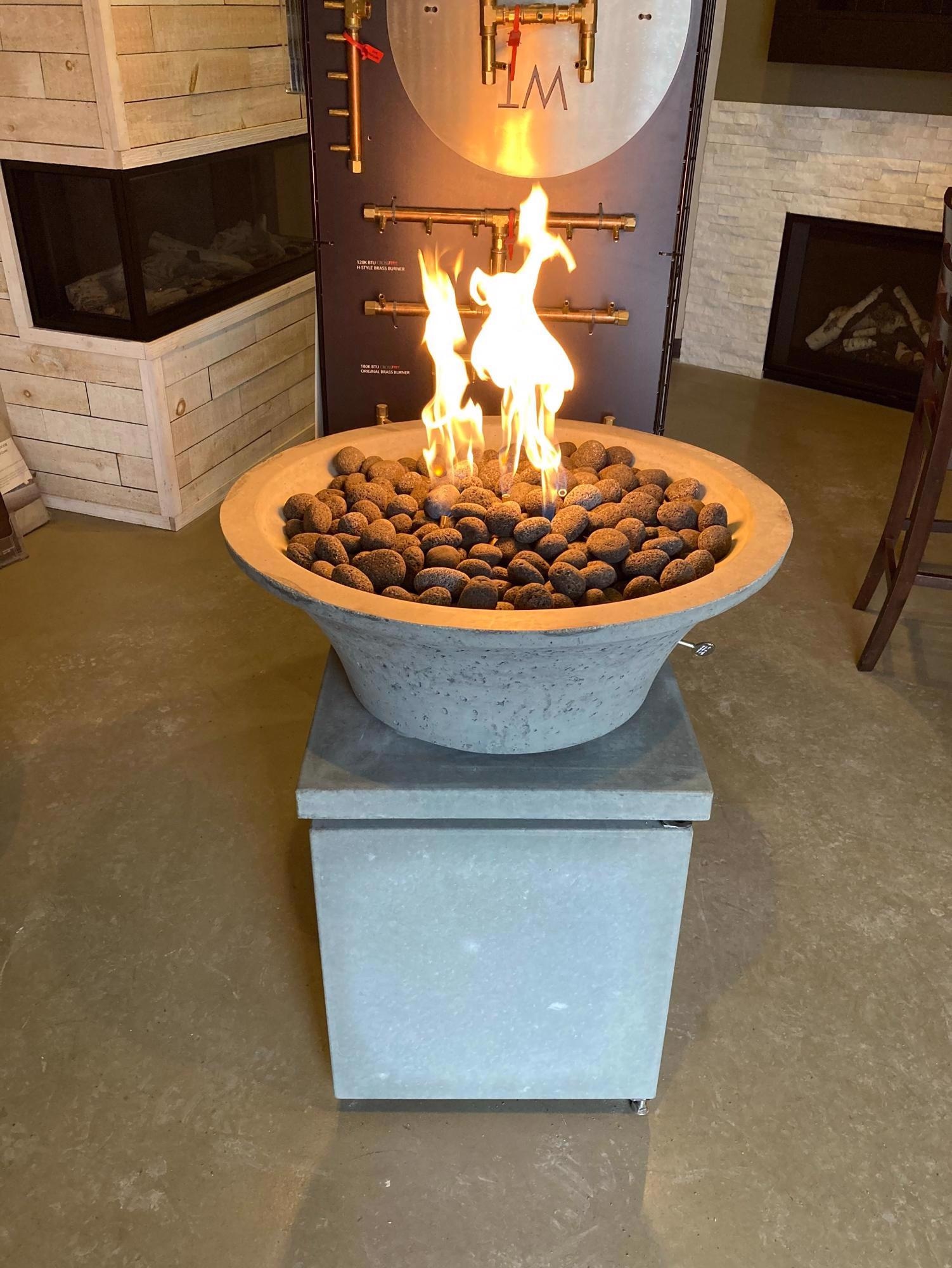AZoNano speaks with Dr. Dimitar Dimov, who is the founder of Concrene. Concrene Limited is a London-based nanotechnology company, that has developed a breakthrough solution for the concrete industry. By applying cutting-edge nanoscience, Concrene works to improve the strength of concrete as well as reducing its carbon footprint.
Can you give our readers more information about Concrene and the aims of the company?
Concrene Limited is a UK-based nanotechnology company that has developed a breakthrough solution for the concrete industry.
We use a patent-pending protected graphene formulation to improve the strength of concrete and reduce its carbon footprint.
Our industrial strategic partner Thomas Swan UK manufactures the graphene product required. Together, we bring very niche expertise and breadth of experience in chemical manufacturing, ISO-certified large-scale process engineering of nanomaterials, and in-depth scientific and industry knowledge of cement, concrete and property development.
Concrene Limited’s goal is to become the recognized leader in applying nanotechnology to modernize traditional concrete worldwide.
We have a well-defined strategy to bring Concrene to the construction market globally and solve many challenges the industry faces currently.

The roll-out of the first commercially available graphene reinforced concrete will be in a range of precast firepits offered by Fairview Hearthside.
The R&D was split into two main workstreams –
- Optimizing the graphene product, ensuring high quality of dispersion and finding the optimal ratios for improving the performance of concrete, while keeping the end product economically viable.
- Extensive testing of the graphene reinforced concrete according to the British Standards for construction - this was our major advantage when compared to a lot of other academic studies on the topic - which focused on small cement samples, making the results unviable for direct industry applications.
For full details of our 5 year long research please refer to our academic paper, published in Advanced Functional Materials.
Can you give some insight into the production of graphene-enhanced concrete?
It is simple, cheap and available at a ton scale. The graphene product required for Concrene is manufactured and supplied by Thomas Swan UK at competitive bulk prices and is delivered globally.
Our customers in the precast concrete space do not have to add any additional steps to their process when manufacturing Concrene – all they have to do is add the graphene product to their final mix.
We provide our customers with the recommended dosage ratios according to their bespoke application. We help customers solve their particular commercial problem by applying our market leading expertise in nanomaterials and nanotechnologies.
The wonder material of the 21st century | Monica Cracuin & Dimitar Dimov | TEDxTruro
Professor Monica Cracuin and Dr. Dimitar Dimov from Concrene at TEDxTruro in October 2018
How does graphene-enhanced concrete help decrease carbon emissions?
The graphene particles change the chemistry of concrete, hardening moments after it is mixed and cast. This change has a direct positive impact on the compressive and flexural strength of concrete.
Concrene is stronger than traditional concrete, therefore architects can specify smaller volumes to meet the design requirements and reduce the carbon emissions of their building.
What advantages does graphene-enhanced concrete have over traditional concrete?
The main advantage of Concrene vs. traditional concrete is that it leverages all of the inherent material properties of graphene.
This opens many new business opportunities for our future partners to adopt Concrene and:
- Decrease the cement used per m3 of concrete and decrease the carbon footprint
- Make marine concrete structures more impermeable to water
- Improve the fire resistance of façade panels
- Allow infrastructure concrete products to become lighter by reducing the steel reinforcement required
- Enhance mortars used for 3D printing of innovative houses
How will the graphene-enhanced concrete help work towards the government’s decarbonization strategy?
The UK government recently pledged for the UK to become net-zero by 2050 and is legally bound to deliver on its promise.
The government has many ambitious targets in various investment sectors, but we’re mostly interested in the recently published Construction Playbook and the advancements made by the Construction Innovation Hub and the Modern Methods of Construction Framework.
We strongly believe that Concrene will help various construction industry stakeholders meet their sustainability agenda and expand their portfolio of innovative products.
Concrene is so versatile that it can be added to any concrete design mix from the first 4 categories of the MMC framework. For example, façade panels, structural concrete walls, 3D printed homes, pre-manufactured precast concrete volumetric pods and many more.
The UK government focuses on rebuilding the economy by creating a strong demand pipeline for schools, hospitals and national infrastructure.
These building assets can be delivered easily by offsite-led procurement delivery models, leveraging the power of precast concrete and product-based solutions.
Both public and private client consortiums, partnering with forward-thinking main contractors, should adopt innovative solutions like Concrene to truly modernize and diversify their portfolio of solutions to decarbonize the industry.
How can this graphene-enhanced concrete be used in terms of the national building crisis?
Let me provide three working examples:
- Concrene for housebuilding – Thin, light, strong and fire-resistant precast structural panels can be manufactured at scale in a factory and delivered on-site to address the shortage of affordable homes. Many local authorities in the UK would find this particularly useful for their agenda.
- Conrene for floating pontoons – The rising sea levels due to global warming, coupled with vast unused canal and river spaces in the UK, create an opportunity for us to use Concrene and manufacture highly water-resistant concrete floating pontoons. The latter can be used as cheap land for new houses.
- Conrene for 3D printing mortars – The technology for 3D-printing houses is picking up rapidly in Germany, Netherlands and the USA. It has numerous advantages to traditional in-situ cast concrete and Concrene is a better alternative to existing mortars because it uses less cement.
What’s next for Concrene?
After successfully licensing our innovative nanotechnology to our first customer, we are looking to scale up globally and introduce Concrene to Europe, the US, Canada, Middle East, South America and Africa.
Our ambitious objective is truly global and we have the right strategy in place to make consistent and incremental progress.
We are open to funding proposals from investment professionals who have sustainability on top of their agenda.
Where can readers find more information?
Readers can find out more in the academic paper and on the Concrene website.
About Dr. Dimitar Dimov
 Dr. Dimitar Dimov obtained a BEng Civil Engineering followed by a Ph.D. in Nanoscience Engineering from the University of Exeter. He worked under the supervision of Professor Monica Craciun and Professor Saverio Russo on the interdisciplinary research of bridging the gap between nanoscience and traditional construction materials, at the Centre for Graphene Science at Exeter.
Dr. Dimitar Dimov obtained a BEng Civil Engineering followed by a Ph.D. in Nanoscience Engineering from the University of Exeter. He worked under the supervision of Professor Monica Craciun and Professor Saverio Russo on the interdisciplinary research of bridging the gap between nanoscience and traditional construction materials, at the Centre for Graphene Science at Exeter.
The discovery was protected by a patent application prior to being published in the prestigious peer-reviewed journal Advanced Functional Materials, which generated an Am score of 254, placing it in the top 1% of all research outputs ever tracked by Altmetric.
Following this, Professor Craciun and Dr. Dimov were invited to give a TEDx talk on Concrene. This wasfeatured in more than 50 international publications, including The Guardian, BBC, The Wall Street Journal, CNBC.
Many industry-leading professional bodies also recognized the research, such as The Royal Society of Chemistry (Concrene was a finalist in the 2019 Chemistry Means Business event). The UK Concrete Society published a piece about Concrene in its magazine and most recently the American Concrete Institute invited Thomas Swan UK and Concrene for a joint publication in 2021.
Dr. Dimov was recognized as Forbes 30 Under 30 in 2019 for his innovative discovery and for founding Concrene Limited. He also has extensive commercial construction experience, mainly focusing Modern Methods for Construction, sustainable procurement delivery models, construction cost management and advanced analytics. He keeps close contact with his academic colleagues at the University of Exeter, who continue to innovate in the field of advanced, modern concrete science.
Disclaimer: The views expressed here are those of the interviewee and do not necessarily represent the views of AZoM.com Limited (T/A) AZoNetwork, the owner and operator of this website. This disclaimer forms part of the Terms and Conditions of use of this website.